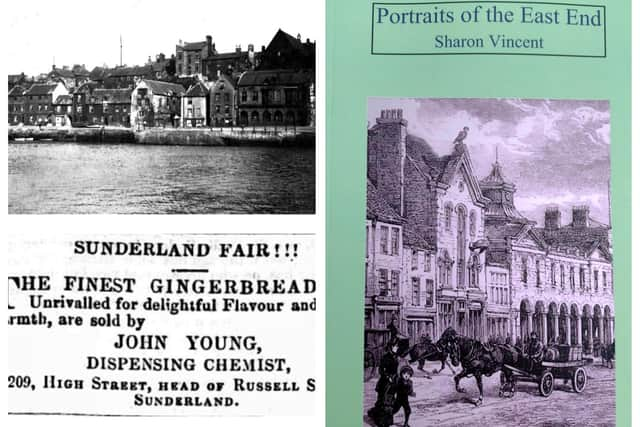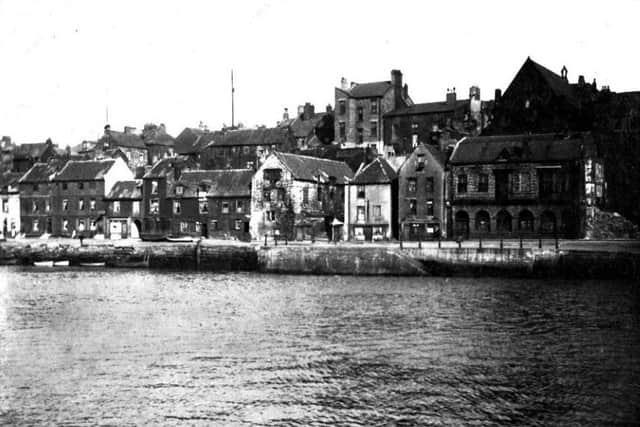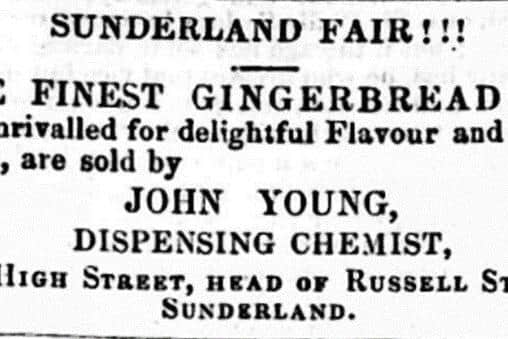When Sunderland celebrated a Jubilee with bunting made out of fish and crabs
and live on Freeview channel 276
And the true story is only one of the tales from Sharon Vincent in her new 140-page book which is filled with forgotten tales of Wearside’s past.
She recalls how Sunderland had its own way of marking Queen Victoria’s Golden Jubilee celebrations in 1887.
Advertisement
Hide AdAdvertisement
Hide Ad"Local fishwives organised a tea party on the Town Moor. They made their own bunting using fish and crabs which they hung around their tables.


“The East Enders knew how to enjoy themselves despite their adversity,” said Sharon.
“These are forgotten tales from the past which have been revived for today’s readers and all have a connection to the old East End. I hope to bring the characters back to life and to give a real sense of what it was like to live there in times gone by.”
Right at the heart of old Sunderland was the parish church. It was responsible for setting the rates, a tax which everyone had to pay depending on the value of their property. One of these was the unpopular church rate, a tax collected to cover the rector’s stipend of £80.
Advertisement
Hide AdAdvertisement
Hide AdThe church rate caused a lot of ill-feeling amongst members of those faiths who did not support the Church of England. Refusal to pay meant the parish vestry would send bailiffs to seize goods which were auctioned off to cover the outstanding debt.


"And if you think the church behaved like pirates by taking property that did not belong to them, there are two separate accounts in the book of genuine Sunderland pirates who plundered and stole from ships on the high seas before ending up in Edinburgh’s notorious Tolbooth Prison,” said Sharon.
“I have included tales of hard times too, as we know the East End was an impoverished part of town with many slum properties. The Hartley Street soup kitchen was a godsend for families during the freezing winter months, providing them with a hot meal to keep out the cold.
"Even then, officials would often argue amongst themselves for several weeks about setting up the kitchens and people ran the risk of starving to death before they were provided with any soup.
Advertisement
Hide AdAdvertisement
Hide Ad“Then there was Sunderland Fair - held twice a year under Bishop Morton’s charter of 1634 until 1868. Visitors flocked to the town and children were given a half day holiday so they could join in the fun. But the fair was famous for one particular thing – gingerbread nuts.


"Sold by chemists, it was this delicacy that people most associated with Sunderland. They were so popular, it was said that the number of gingerbread nuts bought could be measured in tons!!
And when the news came through in 1900 that the besieged town of Mafeking in South Africa had been relieved by British troops, the East End partied so enthusiastically that people in the west beyond Bishopwearmouth parish church, could hear their shouts and cheers carried on the still night air!
The book costs £10 plus £3 postage, available from Sharon at [email protected]